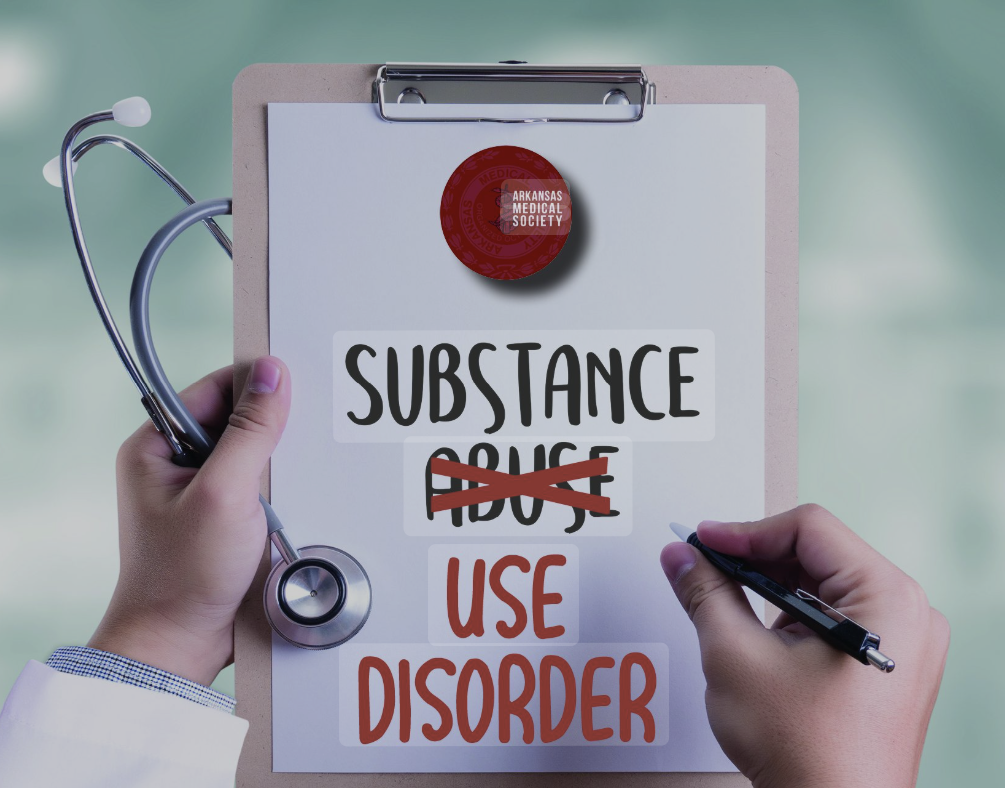(8 Credits/Hours)
Launch Date: August 5, 2025
Expires: August 31, 2027
Course Overview
Substance use disorders remain a significant health issue in the United States, affecting various aspects of a person’s life. This course helps DEA-registered practitioners meet their opioid training requirements while enhancing their understanding of the proper assessment and management of substance use disorders. Additionally, the presence of these disorders can complicate the treatment of coexisting medical conditions. With the ongoing opioid use, overdose epidemic, and widespread chronic pain, effective opioid prescribing and safe pain management have become critical public health priorities. Clinicians should be well-versed in available treatment options for substance use disorders and ensure safe practices in opioid prescribing and dispensing.
Table of Contents
- Introduction to the MATE Act: Legislative Background and Training Requirements
- Understanding Substance Use Disorders: Epidemiology, Risk Factors, and Diagnostic Criteria
- The Neurobiology of Addiction and Pain: Shared Pathways and Mechanisms
- Comprehensive Assessment and Screening Tools for Substance Use and Pain Disorders
- Medication-Assisted Treatment (MAT): Methadone, Buprenorphine, and Naltrexone
- Evidence-Based Psychosocial Interventions for Substance Use Disorders
- Chronic Pain Management: Non-Opioid Pharmacological Approaches
- Safe Opioid Prescribing Practices and Risk Mitigation Strategies
- Identifying and Managing Co-occurring Mental Health Disorders
- Withdrawal Management and Detoxification Protocols
- Overdose Prevention, Recognition, and Naloxone Administration
- Managing Pain in Patients with Active Substance Use Disorders
- Special Populations: Pregnancy, Adolescents, and Older Adults
- Cultural Competency and Health Equity in Substance Use Treatment
- Legal and Ethical Considerations in Substance Use Disorder Treatment
- Trauma-Informed Care in Addiction and Pain Management
Learning Objectives
Upon completing this course, you will be able to:
- Identify risk factors for substance use disorders and outline methods for screening and diagnosis.
- Explain the role of psychosocial therapies in treating substance use disorders.
- Compare the pharmacological treatments available for alcohol, tobacco, and opioid use disorders.
- Discuss the effects of polysubstance use and the interaction of co-occurring mental health conditions in the presentation and treatment of substance use disorders.
- Examine the legal and ethical considerations surrounding substance use disorder treatment.
- Develop comprehensive treatment plans for pain management that cater to patient needs while preventing drug diversion.
- Recognize behaviors indicating potential drug-seeking or diversion activity and strategies for managing patients suspected of opioid misuse.
- Understand state and federal regulations regarding the prescription and monitoring of controlled substances.




